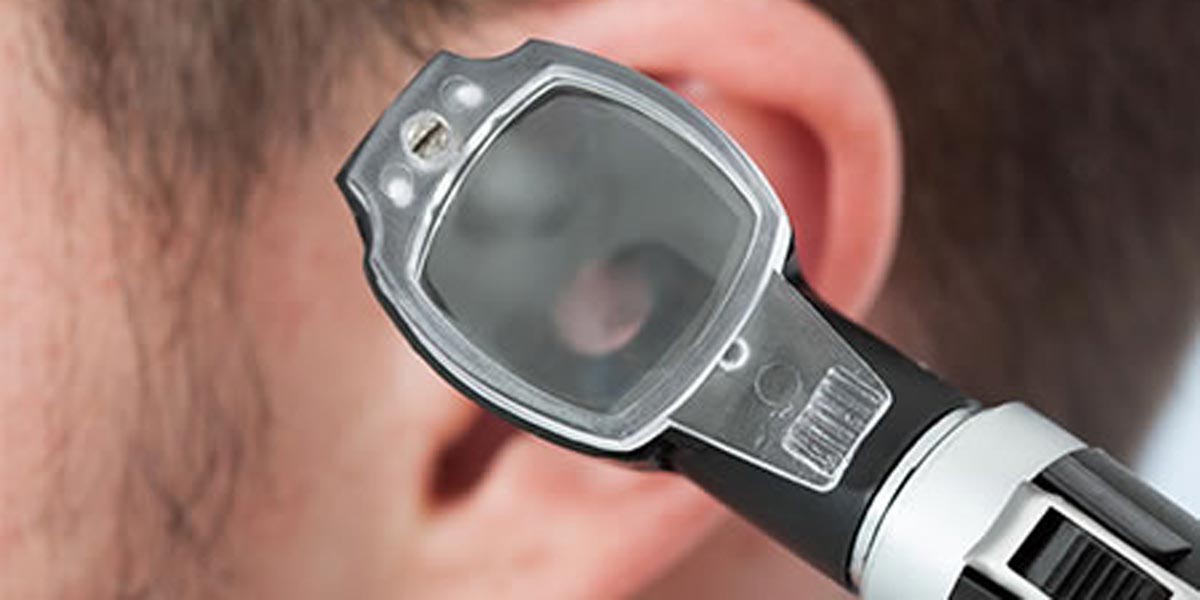
HEARING AID TYPES
There are so many different types of digital hearing aids available now. We are independent so use all manufacturers, appropriate to your needs. Of course, we will only recommend a certain type after having assessed your requirements. But you may want to acquaint yourself with the various types, so here are the categories we fit:
Completely-in-the-Canal (CIC) aids. Apart from the “Lyric” system, These are smallest aids generally available – contained in a tiny shell casing that fits fully or partially into the ear canal
In the canal (ITC) aids. These are slightly larger than the above. They are used when the ear canal is too narrow to accept the electronic components and casing of the CIC, and the result is a larger body that sits more prominently in the canal.
In-the-Ear aids. (ITE) These may be easier to handle than the above because of their larger size. A shell contains all the components and fits in the outer part of the ear
Behind-the-Ear aids. (BTE) These fit behind the ear and are fitted inside a small plastic case.
This is connected to an ear-mould by clear sound tubing.
Behind-the-Ear aid. (BTE open fit) This type uses a small plastic case resting behind the ear.
A very small sound tube runs into ear canal and is held in place with a small soft silicone dome or vented acrylic tip
Receiver-in-Canal aids. (RIC). The appearance is similar to the type above, but the speaker is placed directly inside the ear canal via a tiny, almost invisible electrical cable and receiver, held in place with a soft silicone dome.
If you feel nervous about wearing hearing aids, we totally understand. Be assured though, that they are so discreet and genuinely comfortable to wear that you will wonder what you were worried about in the first place.
If You are an existing user, you may ask: Why fix something if it’s not broken? Well, in the digital hearing industry things have become unbelievably better. Tiny computers make millions of calculations per second. This creates a depth and quality of sound that is amazing. You can also forget buying and changing batteries with the latest rechargeable options.
Bluetooth connectivity also allows you to stream any media from any source directly to the hearing aids. Your phone calls, music, TV and more can be heard in the highest quality sound.
As if this is not enough, now, with the latest hearing aids, we can connect directly to your hearing aids to make needed adjustments. No matter where you are!
We love our business, and we love the difference we can make in people’s lives. If you feel ready to upgrade or maybe you just want to try some hearing aids out, just call us. We offer free, lengthy trials with no commitments. Just contact us
HEARING LOSS TYPES
You may already have an idea from previous consultations, what the nature of your hearing loss may be. After a thorough assessment we can tell you for sure what’s going on. Your loss can sometimes be a sudden experience. Most commonly, it is a gradual thing that you may not at first have noticed personally. It is often the case that relatives may draw your attention to the fact you have the TV too loud, or they may say that you aren’t listening to them.
So what is hearing loss all about?
It is important to establish that a hearing impairment is not the same as total deafness which may arise from a genetic condition, or because of some other drastic reason. Hearing impairment involves a failure to hear certain frequencies of sound. It can be compared to “colour blindness”, where a person is clearly not literally blind, but cannot see certain frequencies of light and colour.
The most common impairment is that involving high frequency discrimination. It evidences itself in one being able to clearly hear the low frequency babble of voices, but an inability to hear clearly what is being said. This is down to the fact that most speech involves both vowels, which relate to the low frequency volume of voices, and also to high frequency sounds associated with consonants, either fricative, plosive or sibilant.
Thus, when hearing a word such as “Hospital”, one may clearly hear the sound of O..I and AL of the word, but not the h…sp..t. This creates the perception of mumbling, especially when heard against a noisy background of sound.
Conductive hearing loss is due to an obstruction in the ear canal, mechanical problems with the ear drum, or middle ear and its little bones (malleus, incus & stapes). As a result, the sound energy reaching the inner ear, or cochlea is lowered Sometimes, medical treatment or another simple intervention such as wax removal can address the cause of the conductive hearing loss.
Sensorineural hearing loss is caused by issues with the inner ear. It is commonly referred to as being a nerve related hearing loss. The reasons for this condition cannot always be determined, though exposure to loud or sudden noise is often at the root of some nerve damage. We can also inherit genetic conditions or even suffer a viral infection that may damage the tiny nerve cells in the cochlea. This kind of damage is generally considered to be irreversible. However, the use of advanced hearing aid technology helps millions of people to achieve a great quality of life by regular wearing of properly prescribed and programmed hearing aids.
Mixed hearing loss is a combination of these two types – sensorineural hearing loss with conductive effects combining across all or part of the audiometric range. The conductive element may be treatable whereas the sensorineural element will most likely be permanent.
Hearing loss can have a profound effect upon an individual’s quality of life, impacting in ways that non-sufferers find hard to understand. As a person’s hearing degrades, social interaction becomes increasingly difficult. They may suffer embarrassment when asking someone to repeat what they have said. Very often, the individual retreats to an environment that doesn’t demand open conversation. The resulting isolation can cause mental health and emotional issues that compound year on year.
As audiologists, we observe these negative effects on people daily. However, when hearing aids are provided, and rehabilitation are managed effectively, we see people regain their zest for life and enjoy happy, social interaction again.
